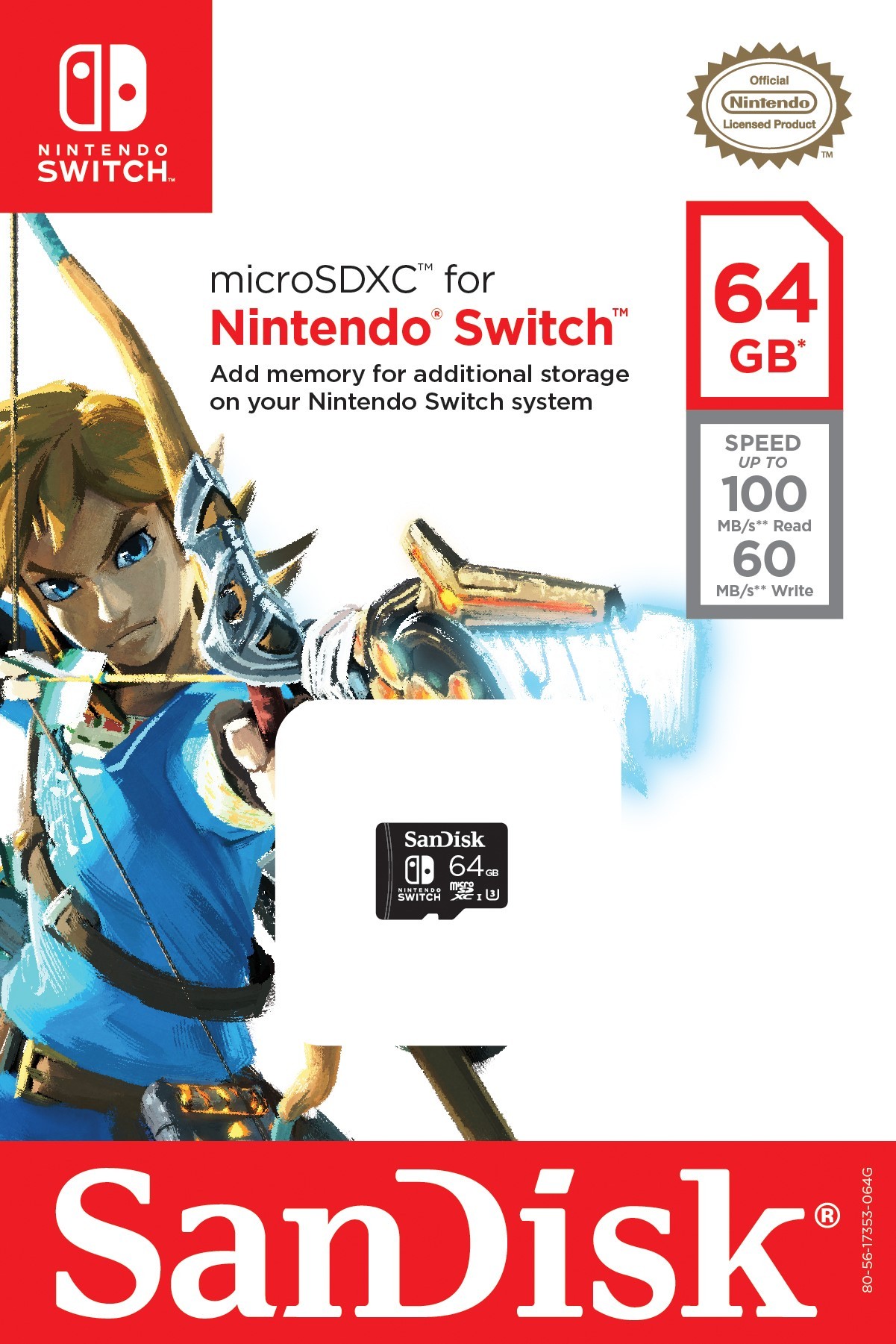

As such, online gaming seemed like the perfect opportunity for developers to revive the mainstream popularity of fighting games. Being able to compete against thousands of other players around the world from the comfort of your own home was a concept that appealed to experienced and casual players alike. While online play also existed on older hardware, it practically defined the Xbox 360 and PlayStation 3 era. Fighting games no longer held the same mainstream appeal as their early entries, but this enthusiastic fanbase ensured that the genre would remain an active part of the gaming industry.įighting games received another chance to return to their former status with the start of the seventh console generation. These public events may not have been as commonplace as arcades in the ’90s, but they revived and heightened the competitiveness that fighting games once produced in arcades. While these started as small gatherings held for fun, many later tournaments offered cash prizes to attract skilled participants and increase attendance. Although arcades continued to thrive in Japan (where many fighting game developers were located), their popularity in Western countries was dwindling by the end of the ’90s.įortunately, the hardcore fans that stuck around formed competitive tournaments, which served as the new lifeblood of the genre. However, this changed with the arrival of consoles like the PlayStation and the Dreamcast, which allowed for fighting games to include just as much (if not more) content than their original arcade releases. Most early console ports and exclusives failed to match the quality of their arcade equivalents, usually due to worse graphics, faulty controls or significant censorship. The rise of home consoles during the ’80s and early ’90s initially did little to affect the success of fighting games in arcades. Unfortunately, as the decade approached its end, the genre faced a new challenge. These and many other developers continued to release countless fighting game classics throughout the ’90s, with each successive year producing games with increasingly better visuals and more refined gameplay.


Regardless of style or presentation, fighting games continued to thrive thanks to developers like Capcom, SNK and Namco. The growing improvements in video game technology also allowed titles like Virtua Fighter and Tekken to introduce 3D fighters in 19, respectively. The game’s excessive violence and use of digitized actors for its playable characters formed a mature spectacle that was rare in video games of the era. Alongside the release of new installments in the Fatal Fury and Street Fighter franchises, 1992 saw the blood and gore-filled Mortal Kombat enter arcades. Over the next few years, developers constantly strived to refine and perfect the fighting game formula while introducing new innovations to the genre. Combined with their impressive visuals and the ability to compete against other players, both games demonstrated the mechanically complex and endlessly varied potential of fighting games. Unlike their predecessors that restricted the player to a single character, these games offered diverse rosters of playable fighters who each possessed a distinct fighting style. Although the genre technically began in the ’70s and ’80s with simplistic titles like Heavyweight Champ, Karate Champ and the original Street Fighter, the modern fighting game formula wasn’t established until 1991 with the releases of Street Fighter II: The World Warrior and Fatal Fury: King of Fighters. Like most gaming genres, fighting games first appeared on arcade cabinets. However, understanding how fighting games overcame their greatest obstacles and made a surprise resurgence can help developers of other struggling genres.

The journey from their earliest entries to the critically acclaimed classics of today wasn’t without its fair share of troubles. Despite their long-standing status as a staple of gaming, however, fighting games haven’t always maintained the same level of success. are instantly recognizable to most people, including those who are unfamiliar with the genre. Franchises like Street Fighter, Mortal Kombat and Super Smash Bros. Since their inception, fighting games have been one of the most iconic genres in the gaming industry.


 0 kommentar(er)
0 kommentar(er)
